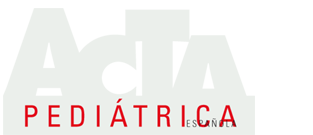Resumen
Background: In hemophilic patients, recurrent hemorrhages in the same joint lead to significant hypertrophic synovitis followed by progressive cartilage degradation. Gross arthritic alterations have been evaluated by clinical scoring and plain radiography scores. At present, magnetic resonance imaging (MRI) seems to be the most accurate radiological technique in joint assessment of the articular and periarticular structures.
Aim: To assess arthritic changes clinically and radiologically by plain radiography and MRI and correlate the 3 scoring systems as well as to correlate these findings with the number of joint bleeds.
Patients and methods: The study was conducted on 20 patients with Hemophilia A and B and one patient with type 3 von Willebrand disease. Twenty-six joints were assessed clinically by the orthopedic score and the radiologically by Arnold Hilgartner score and 17 were assessed by MRI as well using the Denver and the European scores.
Results: On the radiological evaluation, the main changes were an enlarged epiphysis and osteoporosis whereas the MRI findings included cysts, erosions, synovial hypertrophy, hemosiderin deposits and effusion. Correlation of the clinical score with the x-ray was non significant but that with the Denver MRI score was significant (r= 0.6, p= 0.02) as well as that of the plain x-ray and Denver score (r= 0.6, p= 0.007).The number of joint bleeds per year correlated significantly with plain x-ray and MRI scores (r= 0.5, p= 0.01*; r= 0.5, p= 0.02 and r= 0.6, p= 0.02*) respectively but not with the clinical score.
Conclusion: The available clinical and radiological scoring detects the more advanced changes in hemophilic children. However, MRI is a sensitive diagnostic tool in documenting early changes especially in those with no obvious clinical signs; therefore it plays a role for the selection of patients on demand or prophylactic treatment.














